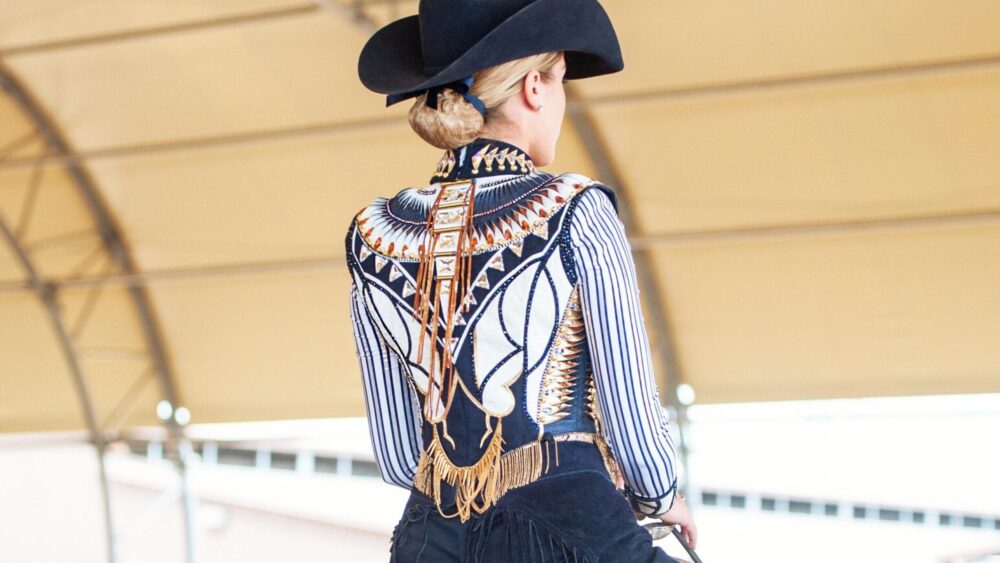“Copying is the sincerest form of flattery” – or so we’re told. However, many designers in the horse world are small business owners where the designer and manufacturer are one-in-the-same. These individuals rely on selling garments out of their homes directly to consumers, or to other small businesses, in order to make a living.
Many of the outfits are custom, one-of-a-kind pieces for clients and they come with a price tag that reflects the design time, talent of the maker, and cost of high-end materials. Essentially, these outfits don’t come cheaply. And these price tags have inspired (1) do-it-yourself seamstresses and (2) cheap overseas manufacturers looking to make a quick buck off the imitation of another designer’s work. The latter, and occasionally the former, have caused frustration and substantial lost revenue for many equine fashion designers.
The Designer’s Perspective:
Paula Diuri of Paula’s Place knows the heartbreak that comes with design theft all too well.
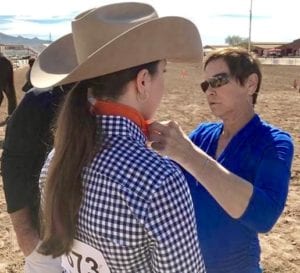
“I do one-of-a-kind designs because I don’t want more than one out there. I take great pride in that. I am so committed to giving my client a unique and personalized look, I don’t even copy my own designs,” Diuri explains. “When I discover an imitation of my original design, it’s not only a thieving of my ideas, but a corruption of its original intent.”
She continues, “I’ve seen copies of my work in the arena and on social media. I’ve even walked into a sweatshop in L.A. and saw a piece on the table being copied!”
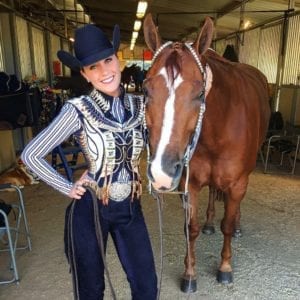 Diuri has been in the business for over twenty years – working to remain on the cutting edge of show fashions while maintaining both quality and integrity. “My creations are a part of me. A true designer will rely on his or her own imagination to come up with an original. And it is very aggravating to see a replica of my work and have someone else take credit for it.”
Diuri has been in the business for over twenty years – working to remain on the cutting edge of show fashions while maintaining both quality and integrity. “My creations are a part of me. A true designer will rely on his or her own imagination to come up with an original. And it is very aggravating to see a replica of my work and have someone else take credit for it.”
Unlike Chanel or Louis Vuitton, most small fashion boutiques in the show horse industry are not in a position to pursue legal action for infringement of their designs. So, what is a designer to do?
Copyright Law and the Fashion Industry:
Originally, clothing designs were not subject to copyright law protections in the United States.
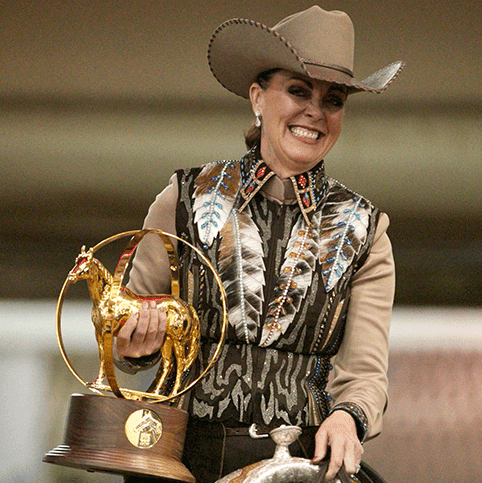
However, in the Copyright Act of 1976, Congress changed this to allow copyrighting aesthetic features of “useful articles.” Clothing, under the law, is considered a “useful article.” And, arguably, saddle pad designs would also fall under the same categorization.
According to the Copyright Act, “pictorial, graphic, or sculptural features” of useful articles are copyrightable only if “separable” from the utilitarian aspects of the design and “capable of existing independently of the article.” This means, if the design elements can be turned into a two-dimensional pictorial “artwork” that is separate from the clothing itself, then it could be copyrightable.
Star Athletica and the U.S. Supreme Court’s Position on Design Theft:
The most recent major domestic decision involving copyrights in the fashion industry was the Star Athletica, LLC v. Varsity Brands, Inc. case, which was decided by the U.S. Supreme Court in 2017.
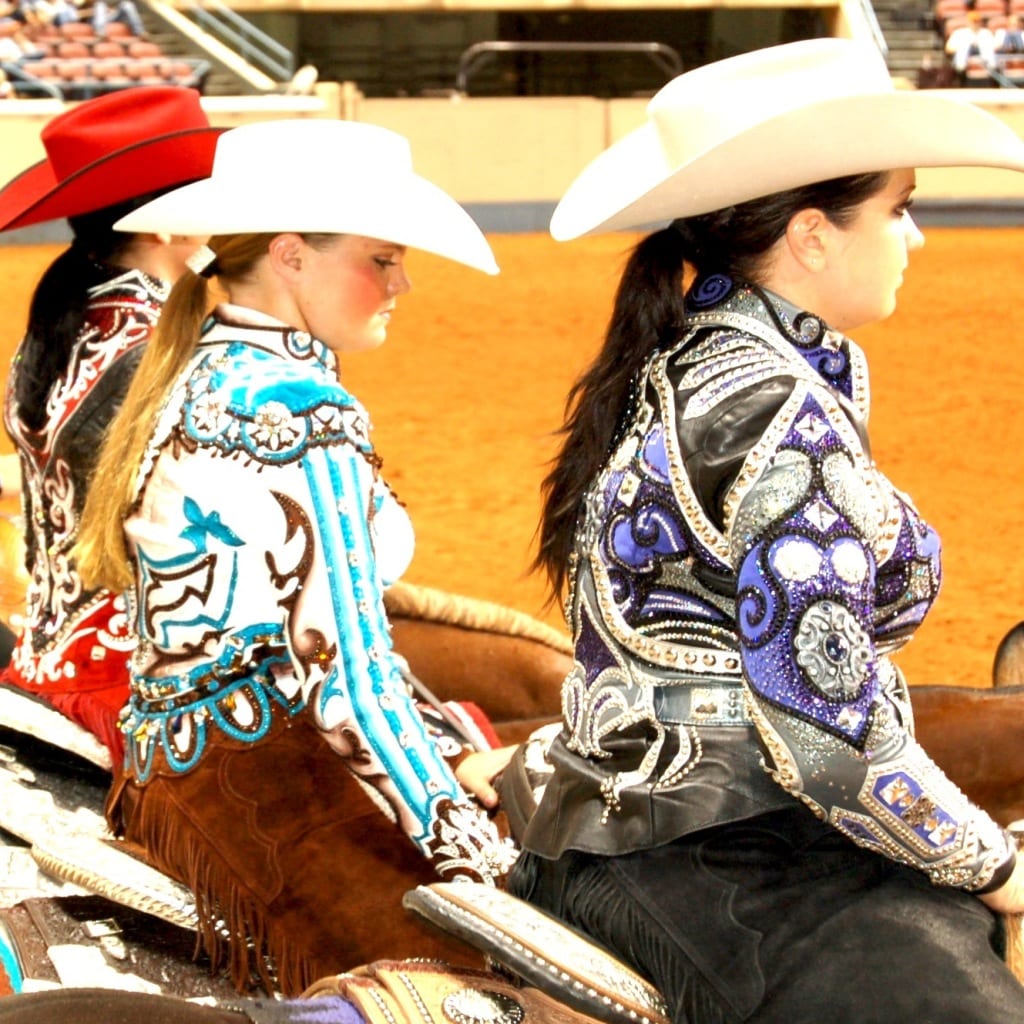
The dispute arose when Star Athletica began creating cheerleading uniforms with stripes, zigzags, and chevron insignia similar to those made by a Varsity subsidiary, but at a lower price. Sound familiar?
Varsity then sued Star Athletica for copyright infringement due to the similarity and organization of design elements on the uniforms. Star Athletica argued that the clothing designs were uncopyrightable because their “aesthetic designs were tied closely to, and guided by, their utilitarian purpose as uniforms.”
The Court defined the issue as “whether the lines, chevrons, and colorful shapes appearing on the surface of [Varsity Brands’] cheerleading uniforms are eligible for copyright restriction as separable features of the design of those cheerleading uniforms.”
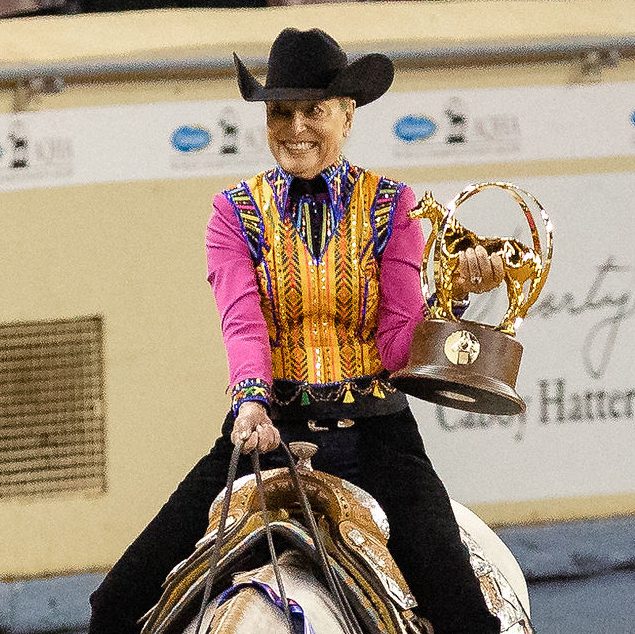 The Supreme Court ultimately rejected Star Athletica’s argument and established that the clothing designs, as aesthetic elements of a useful article of clothing, could be copyrightable. Justice Thomas’s opinion provided a two-part test as follows:
The Supreme Court ultimately rejected Star Athletica’s argument and established that the clothing designs, as aesthetic elements of a useful article of clothing, could be copyrightable. Justice Thomas’s opinion provided a two-part test as follows:
… an artistic feature of the design of a useful article is eligible for copyright protection if the feature (1) can be perceived as a two- or three-dimensional work of art separate from the useful article and (2) would qualify as a protectable pictorial, graphic, or sculptural work either on its own or in some other medium if imagined separately from the useful article.
After applying this test to the specific clothing in the case, the Court ruled in Varsity’s favor that the designs, which contain similar elements to those found in Western show apparel, were separable from the clothing itself and should be protected under copyright law.
How to Protect Your Designs:
David Berstein, intellectual property attorney and founder of Berstein Law in Newport Beach, California, says, “There is no question that getting copyrights to protect custom or unique clothing designs is in the best interests of both the designer and the bespoke customer.”

He continued, “Obtaining a copyright registration is important in several ways. First, it puts the public on notice that you, the designer, are the rightful owner of the design (it is your artistry). Second, if some person or entity is infringing your design, it is a prerequisite to enforcing your rights through the Federal District Courts, that you have a registered copyright. Lastly, with copyright registration, a designer can seek statutory damages in upwards of $150,000 for willful copyright infringement.”
Essentially, if you want to have standing to sue for design theft, you must first copyright the design.
Berstein recommends, “a designer should seek the services of an Intellectual Property lawyer to prepare, file, and obtain copyright registrations on each design, whether individually or as part of a portfolio, collection, and/or compilation of designs.”
The Power is with the Consumer:
Unfortunately, unless the U.S. has jurisdiction over the alleged thief – either because they are located in the U.S. or there is an American middle-man that is supplying the counterfeit or copied designs, it can be very difficult for copyright owners to enforce their marks.
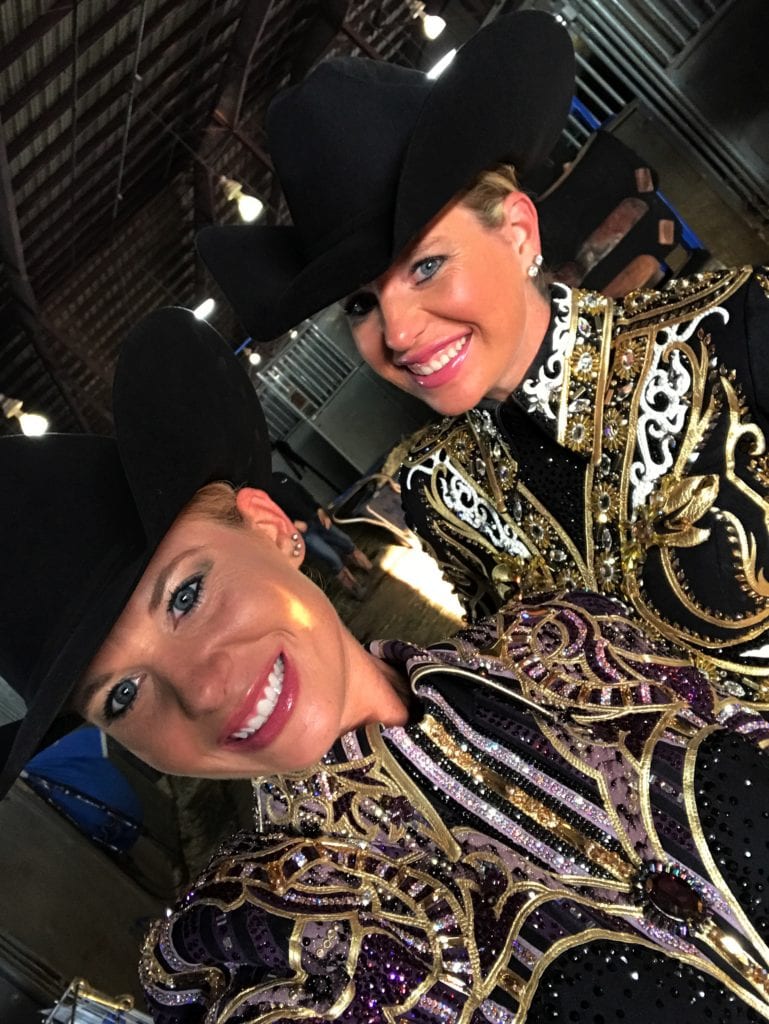
So, who has the power here? Simply put: the consumer.
Our industry has the power to call out counterfeit or copied designs by reporting their dissemination on social media and refusing to purchase these items. While a strongly-worded legal letter with a copyright attached to the design can put force behind a demand that copy-cats “cease and desist,” the best way to stop them is by consumers refusing to buy their products. Dollars speak the loudest.
Remember: the purchase of counterfeit or copied designs hurts both the designer and the person who spent their money to commission it.
If you are in a position where you cannot afford a bespoke piece and want to attempt to make your own, it’s ok to take inspiration from designs on the market, but it is important to avoid making direct copies of patterns to ensure you are not infringing on someone’s copyright and livelihood.
Our show clothing is a wearable piece of art. Let’s celebrate those artists by protecting their hard work.


